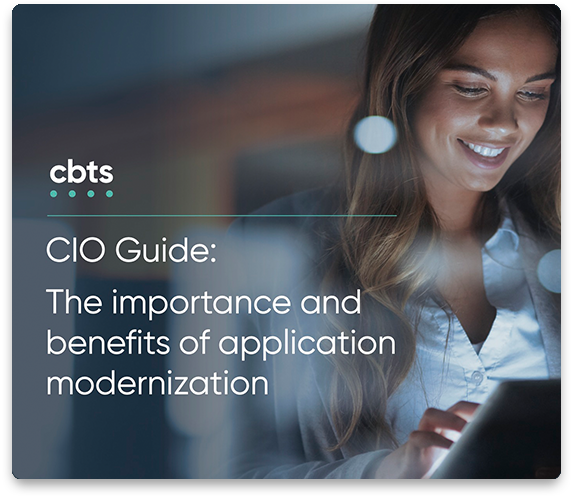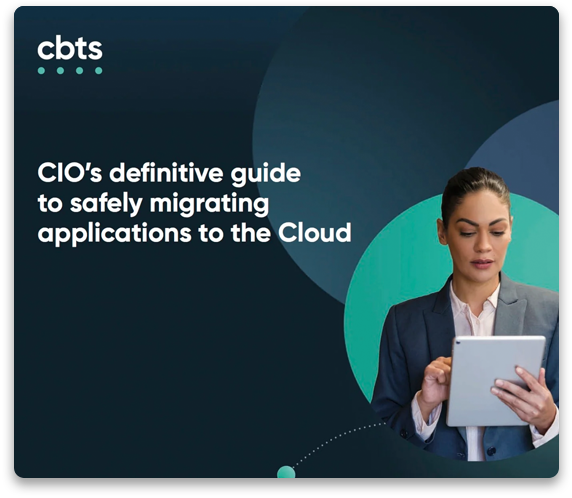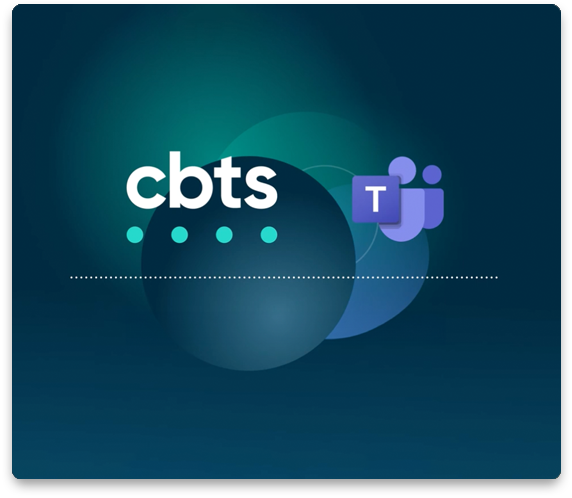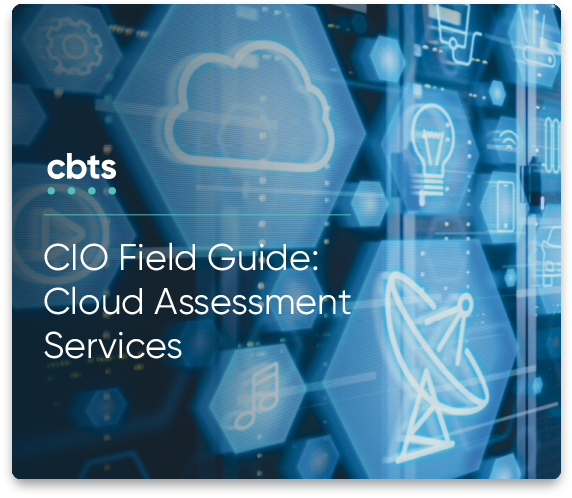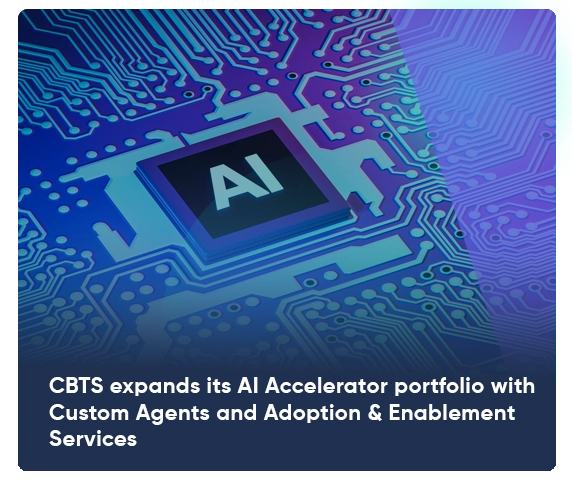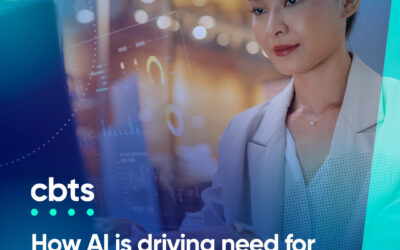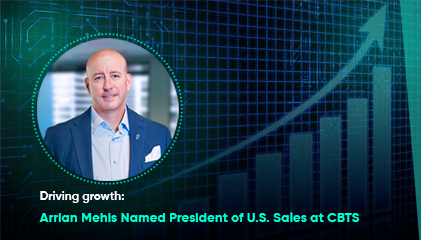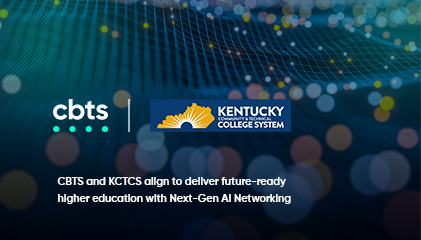
Businesses face a new generation of cybersecurity and data privacy concerns. While artificial intelligence (AI) is reshaping the threat landscape, AI in networking is also a powerful tool for enhancing security and empowering privacy protections.
The ongoing cloud transformation in business is redefining how enterprises think about data storage—and, by extension, how they must approach the management of sensitive data. Enterprise data assets and the personal information of customers and users are stored increasingly in distributed locations, on infrastructure (shared, virtual, or available via a consumption model), or accessed over the open web. At the same time, the advent of generative AI (GenAI) models and their use by enterprises, the public, and threat actors is revealing new attack surfaces and vulnerabilities.
To cope with modern, AI-enhanced cyber threats and new avenues for sensitive data loss, organizations are fighting fire with fire. Protecting user data demands a foundation of robust cybersecurity, which AI tools are utilized increasingly to support. Properly managed data privacy, though supported and enabled by cybersecurity functions, extends further. Here, AI-supported data governance and data loss prevention (DLP) tools are beginning to shine.
Between improved network security and an in-depth approach to privacy enforcement, AI in networking empowers enterprises to meet or exceed the expectation of trust placed on them by employees and customers alike. Read on to explore how.
Privacy vs. security
In the context of technology and data, “privacy” and “security” have related but distinct meanings.
- Security describes protection against breaches, threats, and malicious actors seeking to profit from stolen information.
- Privacy has a different goal—reasonable knowledge of and control over how personal data is used and what intrusions on one’s attention are permissible.
The bounds of privacy are more subjective, but breaches of privacy arguably feel more personal and can have a greater influence on an organization’s reputation and its relationship of trust with its users.
AI in networking security
Although AI expands threat actors’ capabilities, it also significantly boosts enterprise cybersecurity. Part of guarding user data against misuse is protecting it from malicious cybercriminals, and AI security platforms are enabling security strategies to be more responsive and adaptable than ever before.
AI security scans its network and learns from typical behavior to flag suspicious activity. These platforms also automatically incorporate the latest threat intelligence and apply this information to proactively identify and mitigate risks. In addition, AI platforms in networking can review network status and make best-practices recommendations for security posture improvements and performance. The result is an overall improvement in cybersecurity stance, which reduces the risk of breaches and provides the first line of defense against user privacy violations.
The implements of cybersecurity can also perform double duty as tools for DLP and usage control. AI-enhanced cybersecurity functions that also contribute to data governance include:
- Secure browsers.
- Anomaly and threat detection.
- Device management suites.
- Security policy creation and enforcement frameworks.
- Vulnerability assessment and remediation.
Read more: Enhancing zero trust architecture with AIOps for networking
AI in data governance
Beyond shielding user data from bad actors, AI in networking—in the form of data governance tools—can enforce an organization’s defined policies for handling private information, proactively maintaining best practices, and preventing unintended leaks of sensitive data. In addition to immediate protection benefits, visible investment in user privacy through high-quality governance frameworks demonstrates concern for user needs and contributes to trust between a brand and its employees and customers.
A range of AI-enhanced data governance tools are appearing in response to growing user awareness of data privacy and the shifting risk landscape. These tools focus on streamlining essential, labor-intensive pillars of data governance while also addressing the unique risks that AI utilization can introduce. Moreover, AI-native tools like Juniper’s Secure AI-Native Edge or Palo Alto Networks’ expansive security catalog integrate seamlessly with existing AIOps frameworks for a holistic approach to security, privacy, and IT operations.
Here are just a few ways AI in networking enables the success of modern data governance.
Data discovery, categorization, and tagging
As data storage migrates to dispersed cloud platforms, bulk actions—especially those requiring comprehensiveness, like privacy functions—become exponentially more difficult. Processes powered by AI and machine learning (ML) can scan files, examine their contents and context, and classify data according to sensitivity with a high degree of reliability. These classifications and labels drive privacy policy structures and enforcement, so streamlining and automating their application reduces the risk of gaps or lags that could lead to vulnerability.
Inline policy enforcement
Enterprise networks have been forced to expand to encompass remote work and geographic flexibility. Location-bounded forms of legacy policy enforcement no longer apply, and device management platforms fall short when users inevitably introduce unmanaged devices.
Instead, AI platforms can operate within tools that users leverage daily while offering a performance boost, like secure browsers. Palo Alto Networks’ Prisma Access browser, usable on managed and unmanaged devices alike, can mask data and control duplication or sharing functions like screenshots and printing. Email DLP, on the other hand, operates at the infrastructure level and ensures that no sensitive information is shared via unsecured methods.
When trained on company data and policies, many AI networking platforms also offer customizable virtual agents capable of assisting employees. These AI assistants can flag data-use violations or risks and answer natural-language questions about best practices or guidance.
Unified visibility
With AI-driven data discovery, enterprises know where sensitive data resides and can access a clear and longitudinal view of its movement. Understanding the amount, location, and transmission of sensitive data is critical for accurately assessing vulnerability and exposure. A single, unified view also enables IT personnel to identify risks and begin remediation more quickly and provides a holistic understanding of data privacy and security policies across the organization.
Secure GenAI implementation
GenAI is typically dependent on large language models (LLMs), trained on enormous corpora of text and data. While ChatGPT is perhaps the best-known LLM, many enterprises are also exploring the benefits of industry-specific, privately developed models to drive efficiency and performance within their own organizations.
Immediately, two possible types of data loss present themselves:
- Improperly secured information unintentionally used to train a public model.
- Improper access or use of a private model trained on sensitive internal data by unauthorized users.
As AI continues to evolve, further threats will inevitably present themselves.
AI privacy tools ensure that data is appropriately tagged and protected and can survey internal resources for sensitive information that could have been missed. Native integration ensures that as AI models develop, AI networking platforms can address their emerging risks and vulnerabilities.
Read more: AI growth increases demand for hybrid cloud security
Harness AI for your users’ benefit with CBTS.
There is no doubt that AI is complicating not only enterprise technology ecosystems but the technology landscape as a whole. Modern network architecture, cybersecurity, and data management have become specialized fields requiring expertise and training to produce an optimized solution.
That expertise and training resides with CBTS. As an organization, it has decades of experience in managed technology services and customized solutions on an enterprise scale. Leverage the expertise of CBTS engineers in designing your AI roadmap and enjoy the confidence of industry-leading capabilities with skillfully minimized risk. To begin your organization’s AI journey, contact CBTS today.

